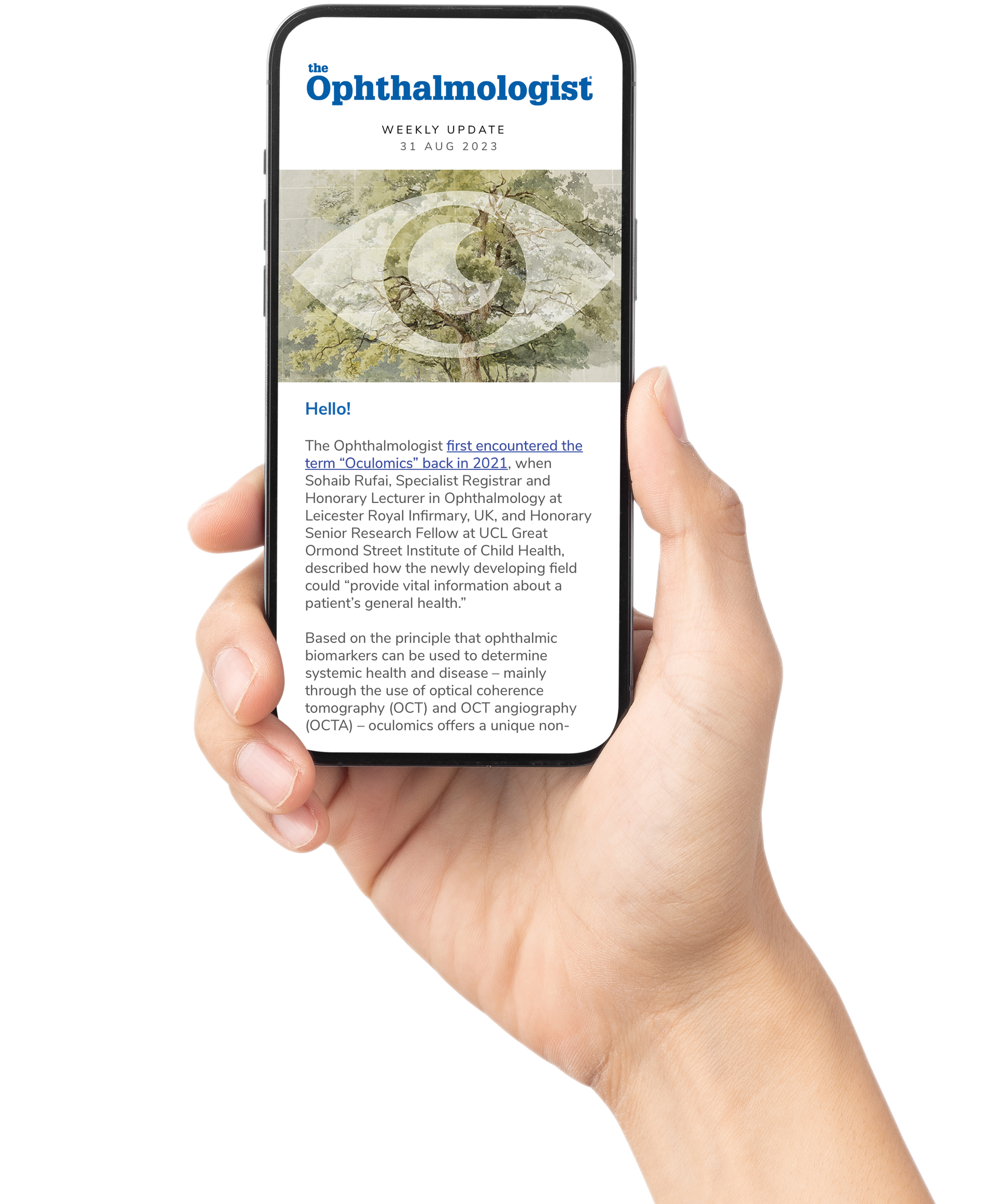
A new population-based analysis has taken data from the Hong Kong Children Eye Study (HKCES) to identify dietary omega-3 polyunsaturated fatty acids (ω-3 PUFAs) as a potential protective factor against myopia in children aged 6–8 years. The study, published in the British Journal of Ophthalmology, provides evidence linking higher dietary ω-3 PUFA intake with reduced axial elongation and less myopic refractive error.
The cross-sectional study enrolled 1,005 Chinese children randomly selected from the HKCES cohort. Cycloplegic refraction was measured using autorefractometry, and axial length (AL) was determined via optical biometry. Dietary intake was assessed using a validated 280-item food-frequency questionnaire tailored for the Hong Kong population, with analyses being adjusted for age, sex, BMI, near-work and outdoor activity, and parental myopia history.
The study found that children in the highest quartile of ω-3 PUFA intake had significantly shorter AL and less myopic refraction compared to those in the lowest quartile. Importantly, lower ω-3 PUFA intake was independently associated with a higher risk of myopia. Conversely, high intake of saturated fatty acids (SFAs) was associated with longer AL and more negative refractive error, suggesting a potential dietary risk factor for myopia development. No significant associations were observed for carbohydrate, protein, micronutrient, or vitamin D intake.
The authors propose that ω-3 PUFAs could exert protective effects through modulation of choroidal blood flow and attenuation of scleral hypoxia, mechanisms already supported by animal studies. While the differences in AL and refraction were modest, the findings open the door to considering nutritional strategies as adjunctive measures in pediatric myopia prevention, particularly in East Asian populations facing a high myopia burden.
The cross-sectional study enrolled 1,005 Chinese children randomly selected from the HKCES cohort. Cycloplegic refraction was measured using autorefractometry, and axial length (AL) was determined via optical biometry. Dietary intake was assessed using a validated 280-item food-frequency questionnaire tailored for the Hong Kong population, with analyses being adjusted for age, sex, BMI, near-work and outdoor activity, and parental myopia history.
The study found that children in the highest quartile of ω-3 PUFA intake had significantly shorter AL and less myopic refraction compared to those in the lowest quartile. Importantly, lower ω-3 PUFA intake was independently associated with a higher risk of myopia. Conversely, high intake of saturated fatty acids (SFAs) was associated with longer AL and more negative refractive error, suggesting a potential dietary risk factor for myopia development. No significant associations were observed for carbohydrate, protein, micronutrient, or vitamin D intake.
The authors propose that ω-3 PUFAs could exert protective effects through modulation of choroidal blood flow and attenuation of scleral hypoxia, mechanisms already supported by animal studies. While the differences in AL and refraction were modest, the findings open the door to considering nutritional strategies as adjunctive measures in pediatric myopia prevention, particularly in East Asian populations facing a high myopia burden.
